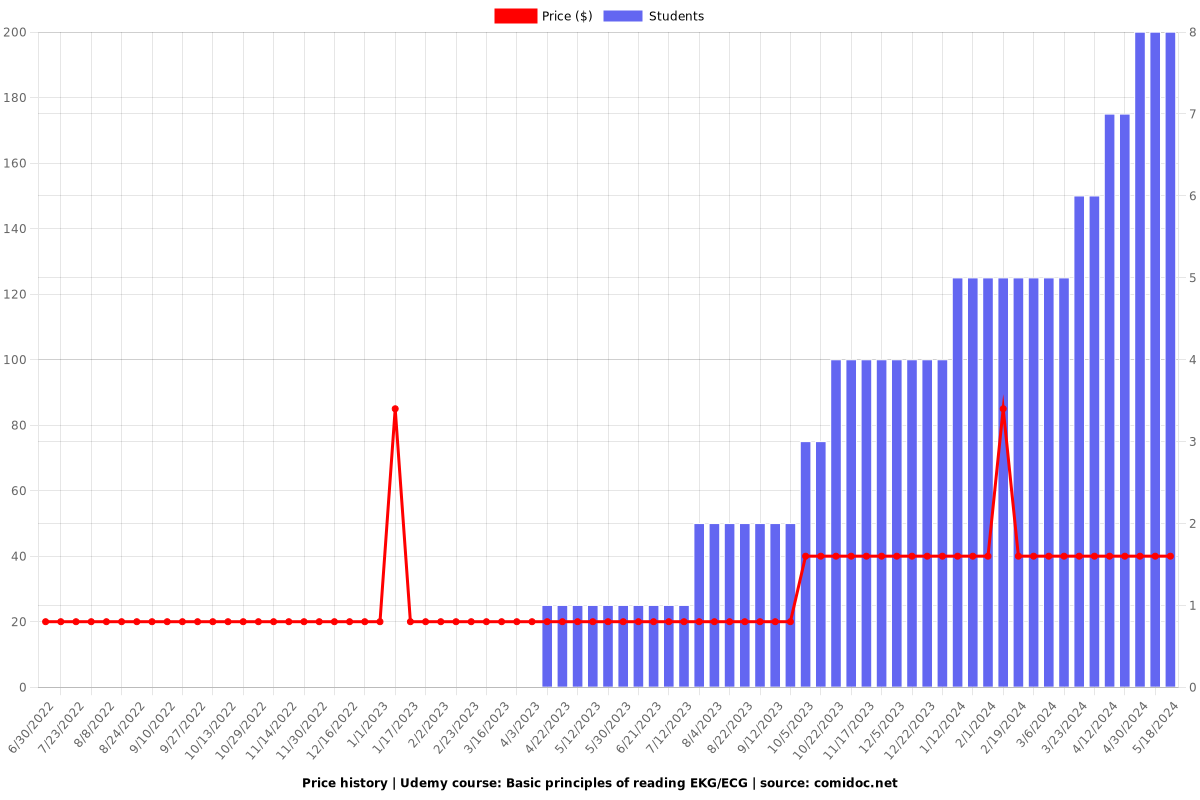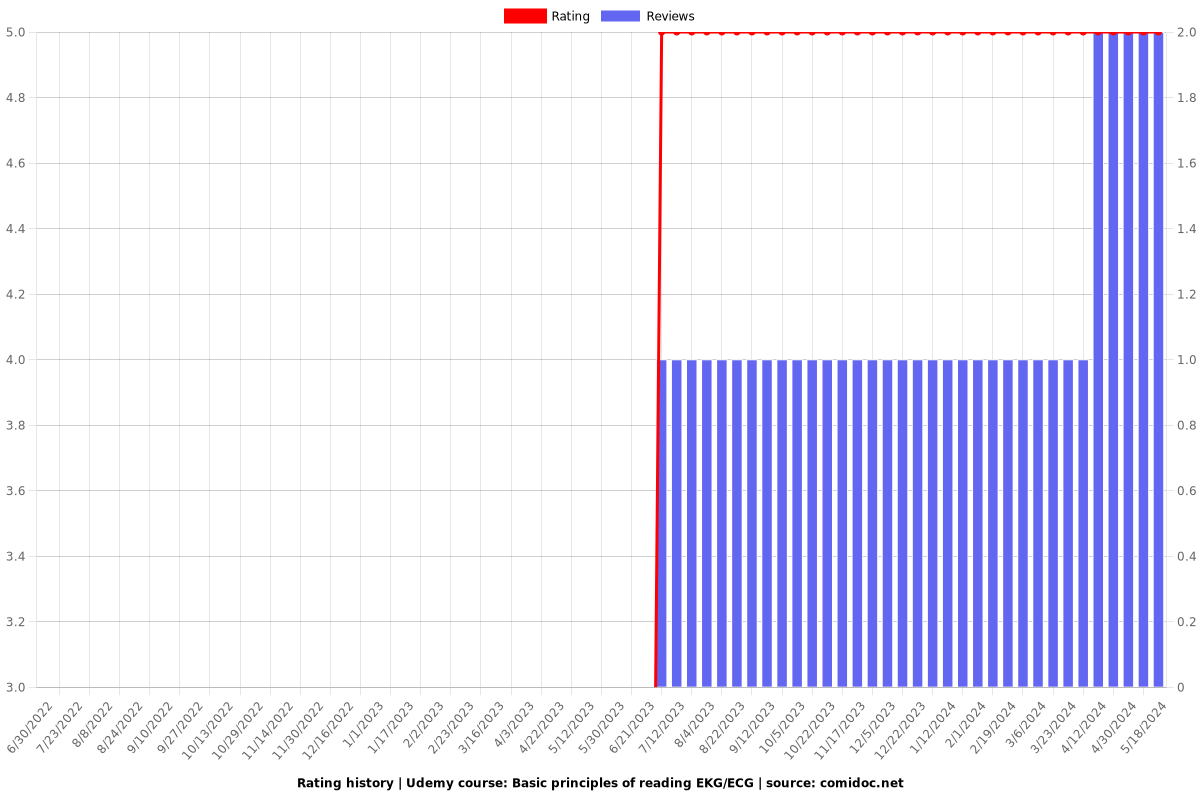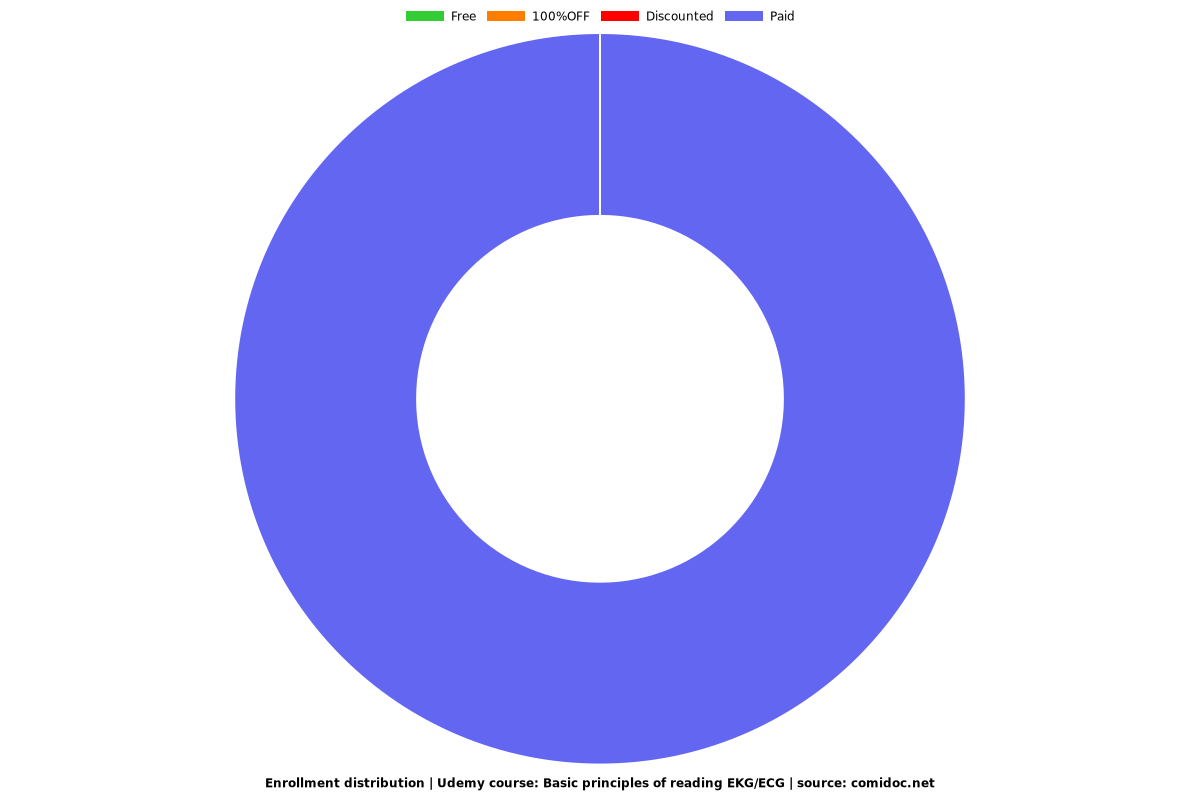Basic principles of reading EKG/ECG
Electrocardiography

What you will learn
They will able to understand the basics of EKG and will be able to read the normal EKG
They will know various rhythm disturbances
They will be able to figure out bundle branch blocks and hemiblocks
Will learn how to diagnose ischemic heart disease on ECG/EKG
They will be able to differentiate ventricular fibrillation from Torsades de pointes
Will be able to diagnose atrial or ventricular enlargement/hypertrophy
They will be able to determine the electrical axis of heart
Why take this course?
EKG is the basic investigation required in a large number of patients not only in the emergency room, every patient over the age of forty years requires EKG during his/her medical evaluation, especially so if there are certain risk factors or clinical features suggesting cardiac involvement. The first step is to learn to read the normal EKG and then the various abnormalities. The abnormalities can be in rate, rhythm, axis, chamber enlargement and flow of current. Ischemic heart disease, heart failure and rhythm disturbances, both fast and slow, are the common cardiac emergencies. Hence reading an EKG becomes very important for all medical students and residents. These can be reliably diagnosed with resting EKG. Serial EKG may sometimes be required in some cases especially ischemic heart disease. The presence of acute angina pectoris and myocardial infarction can be picked up and important treatment decisions can be made on the basis of these. Especially important is the serial changes in EKG. Similarly tachy arrhythmias can be a serious problem. They may be a consequence of a cardiac event or they occur as independent phenomenon and can worsen the cardiac condition. In this context it is important to mention that broad complex tachycardia in particular can be real problem. To differentiate the cause of broad complex tachycardia certain features of EKG are very useful as treatment of this very serious cardiac emergency is different for different etiologies and they may occur as isolated events as well. Similarly heart blocks are important situations especially third degree or complete heart block which may require pacing.
Screenshots




Charts
Price

Rating

Enrollment distribution
